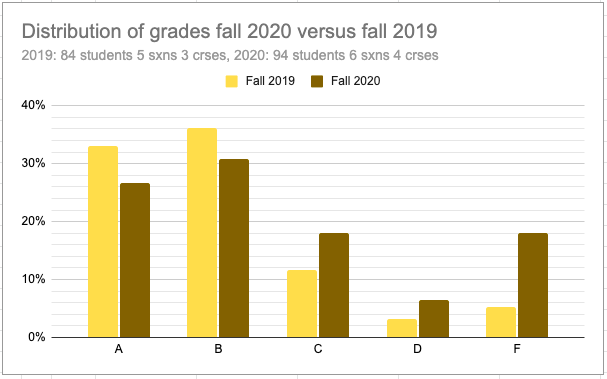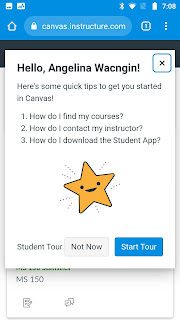Thoughts on faculty observation and evaluation in asynchronous learning environments at the college

“And no one puts new wine into old wineskins. For the wine would burst the wineskins, and the wine and the skins would both be lost. New wine calls for new wineskins.” - Mark 2:22 Since the summer term I have been and I remain concerned about finding ways to provide for administrative and supervisory oversight and insight into online asynchronously delivered classes. One of my core concerns with Schoology is the lack of oversight capabilities, the lack of supervisory and assessment dashboards to assist administrators in their supervisory duties. l gather there is interest in having faculty schedule synchronous teleconference sessions with students during spring 2021 to provide an opportunity for supervisors to observe the class and complete the required faculty observation. With all due respect to my esteemed colleagues, observing a teleconference session for a class that is primarily operating asynchronous is more likely to generate what in English we term a "dog and pony show&




